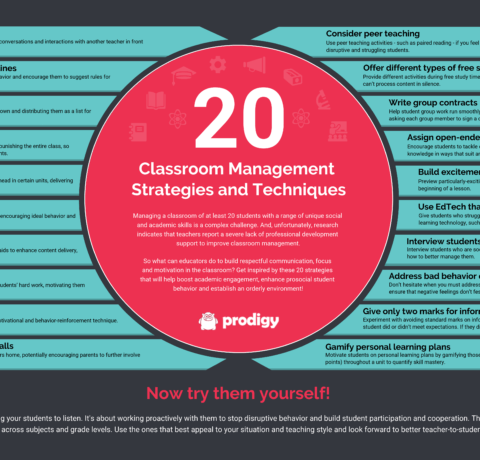How Classroom Design Impacts Learning and Engagement Infographic
To complementary studies conducted by The University of Salford have shown that classroom design has a profound influence on learning and engagement. The How Classroom Design Impacts Learning and Engagement Infographic presents the key areas in which the built environment can influence student progress.
The studies, which were conducted at a number of schools across the UK, recorded the variations in student progress when exposed to different classroom designs and layouts. The How Classroom Design Impacts Learning and Engagement Infographic above covers classroom lighting, design, colour and personalisation – with a number of useful tips teachers and schools can use to reduce the negative consequences of poor classroom design and improve the learning environment for their students.
Interesting Findings
Researchers found that 75% of the variation in pupil performance can be explained by the built environment – with lighting, air quality, colour and noise disruption cited as the primary factors effecting student engagement.
Did you know that a classroom’s environment can affect student progress by as much as 25% throughout the academic year? Or that fluorescent lighting has been linked to hyperactivity and a lack of attention among some pupils? Even the way that we furnish our learning spaces can have an impact – certain layouts of a classroom can enhance learning, improve concentration, and encourage better behaviour.







You can adjust your cookie preferences here.